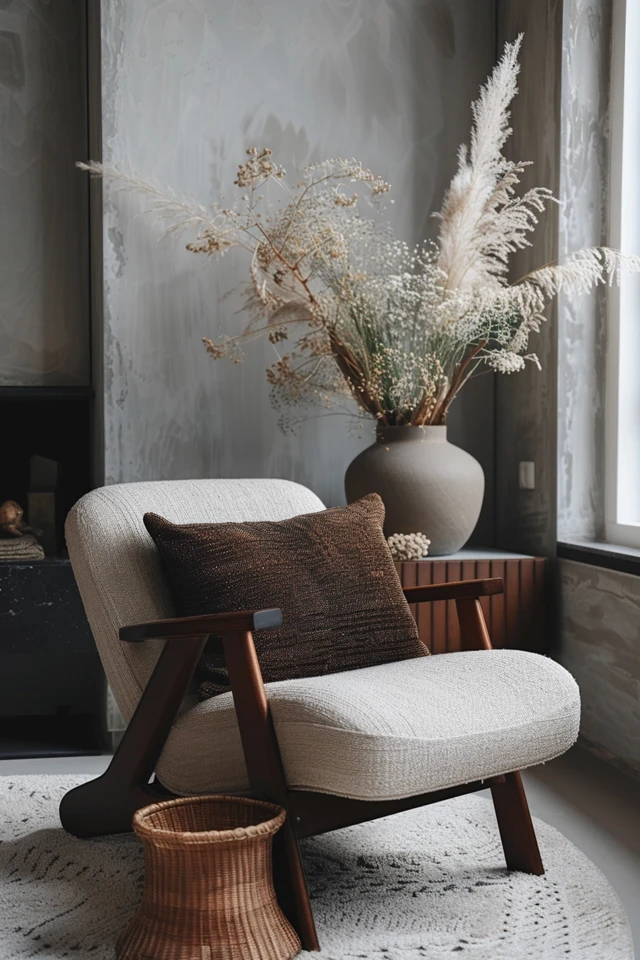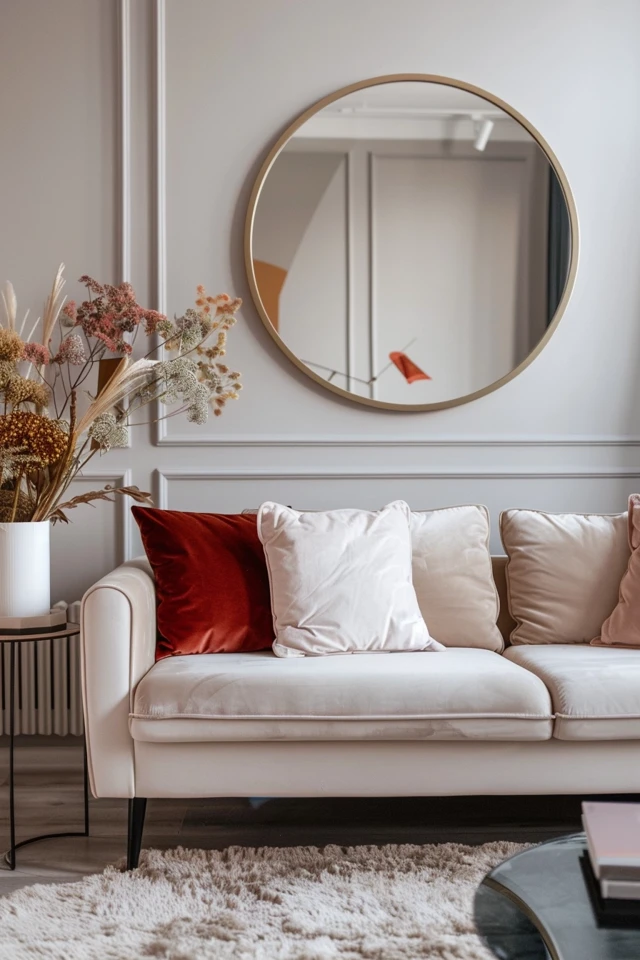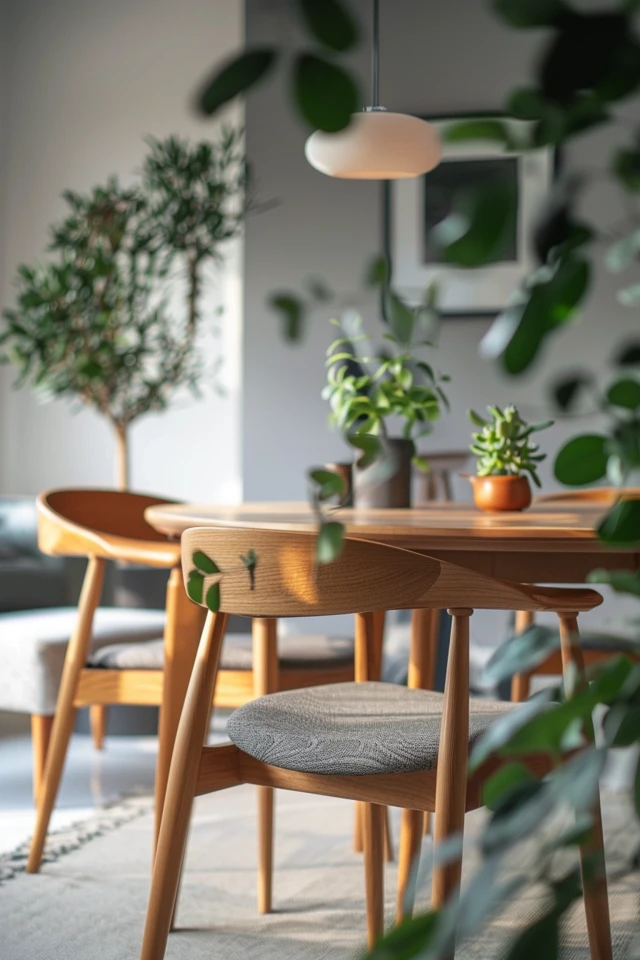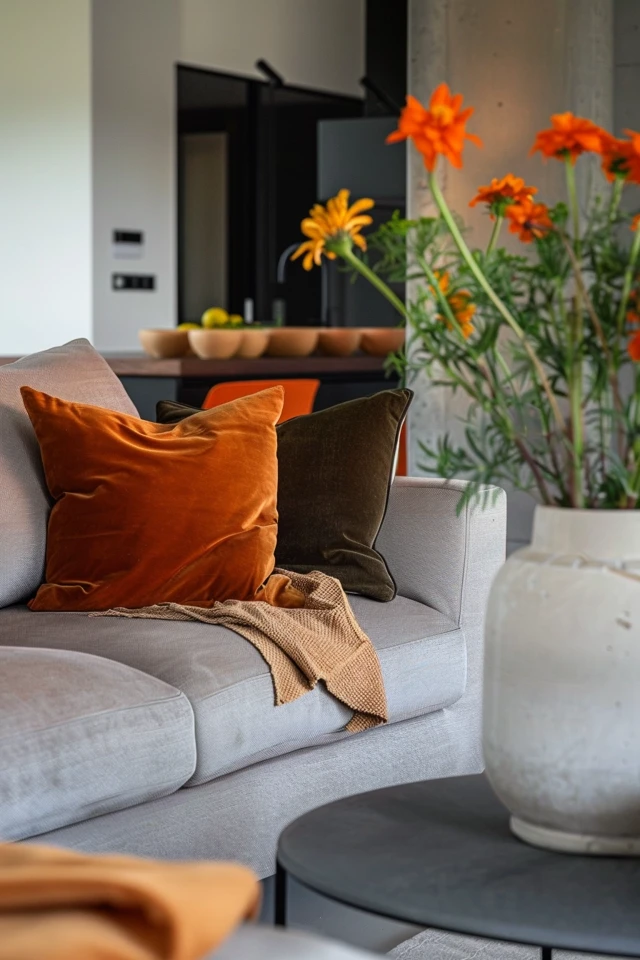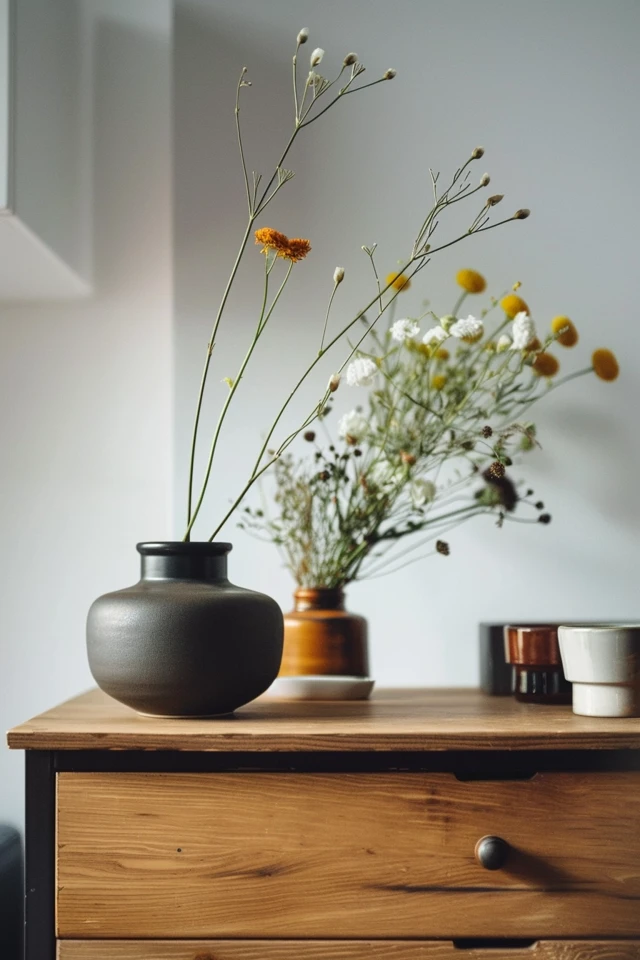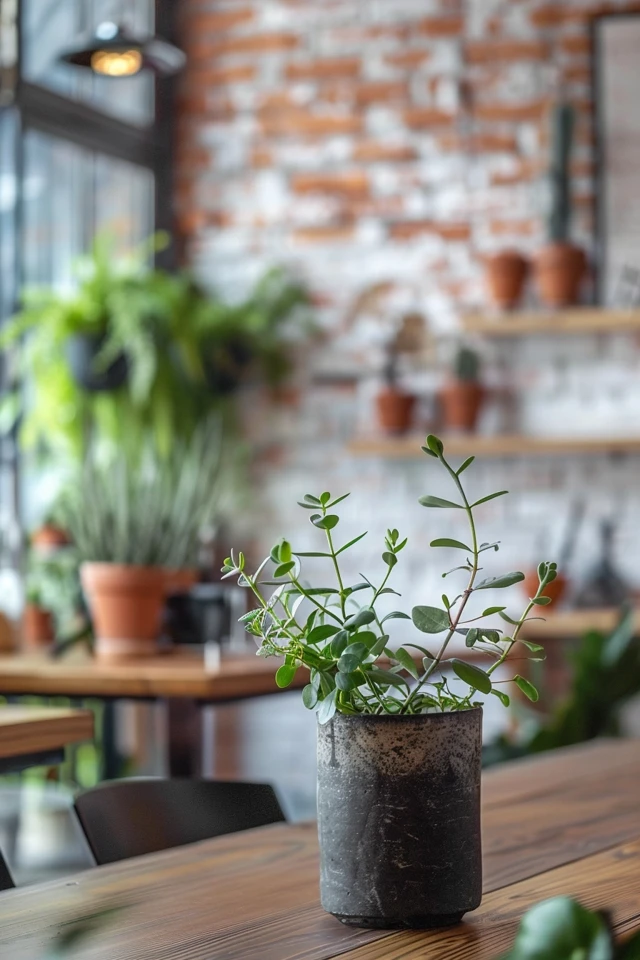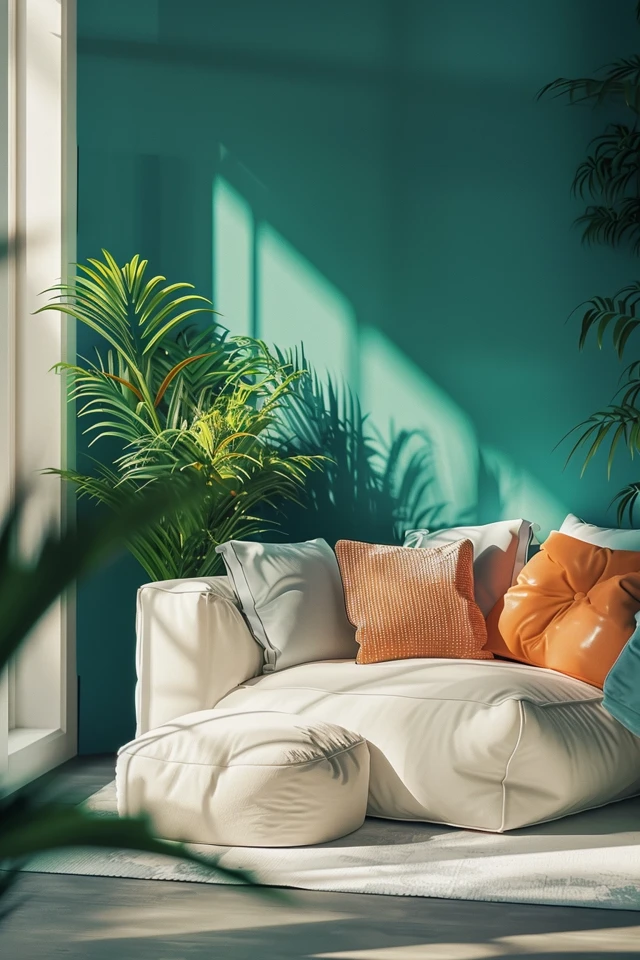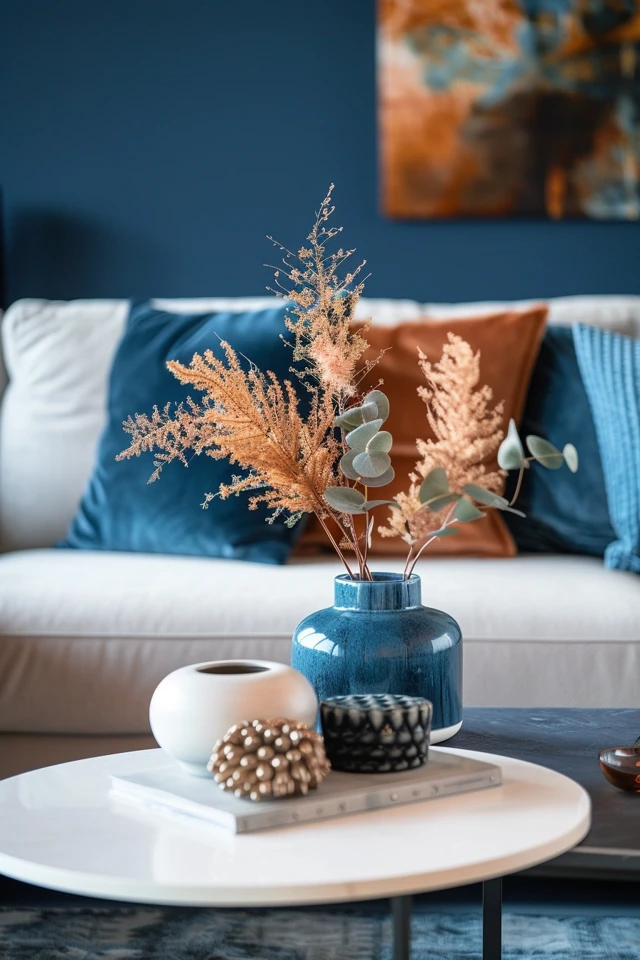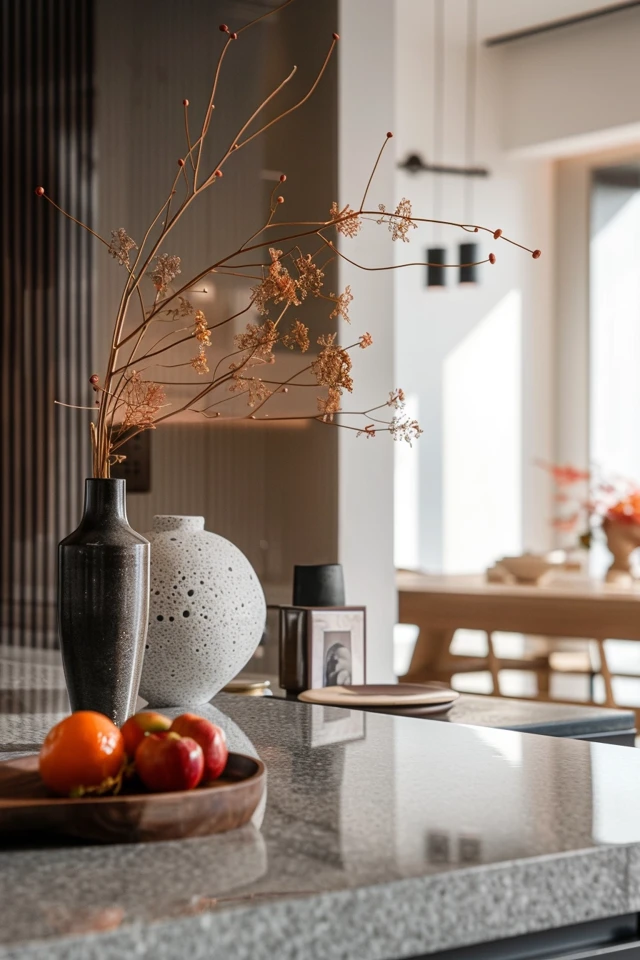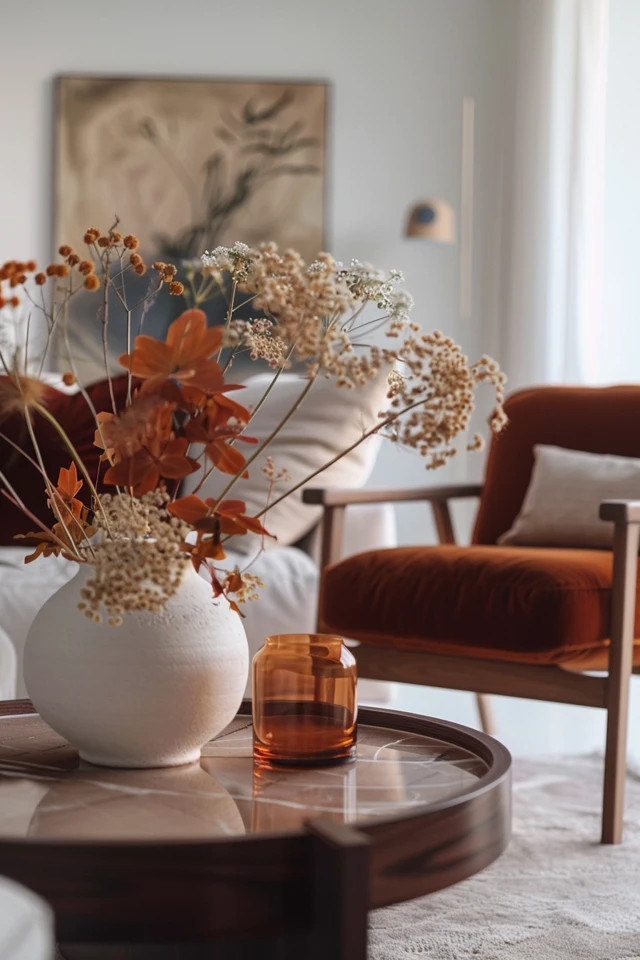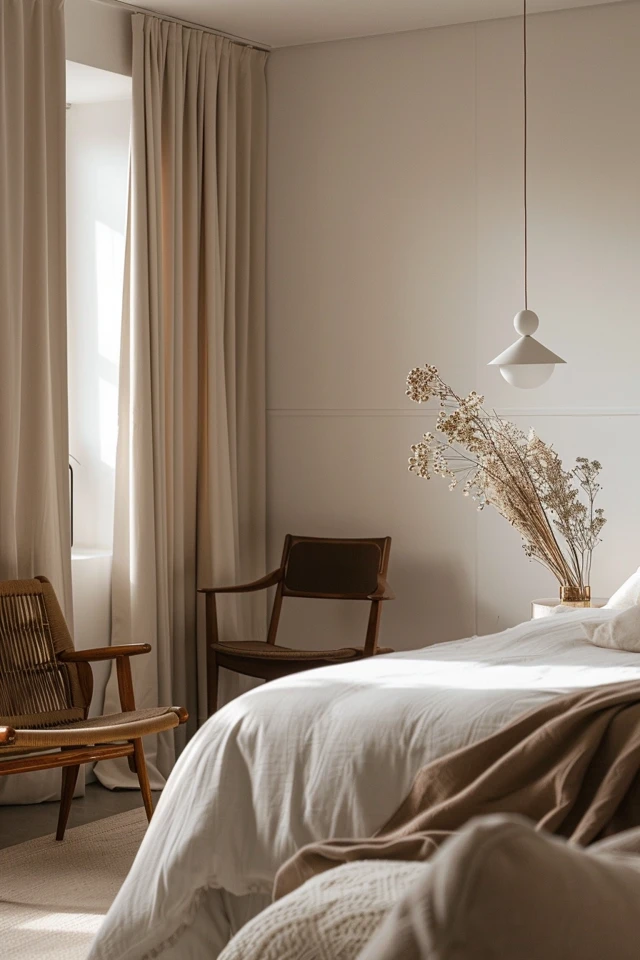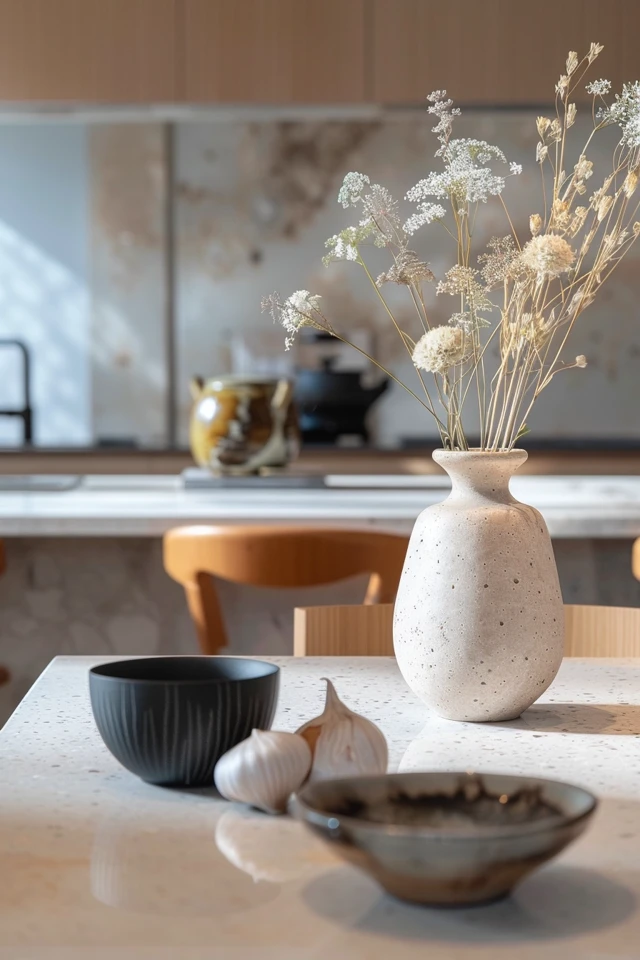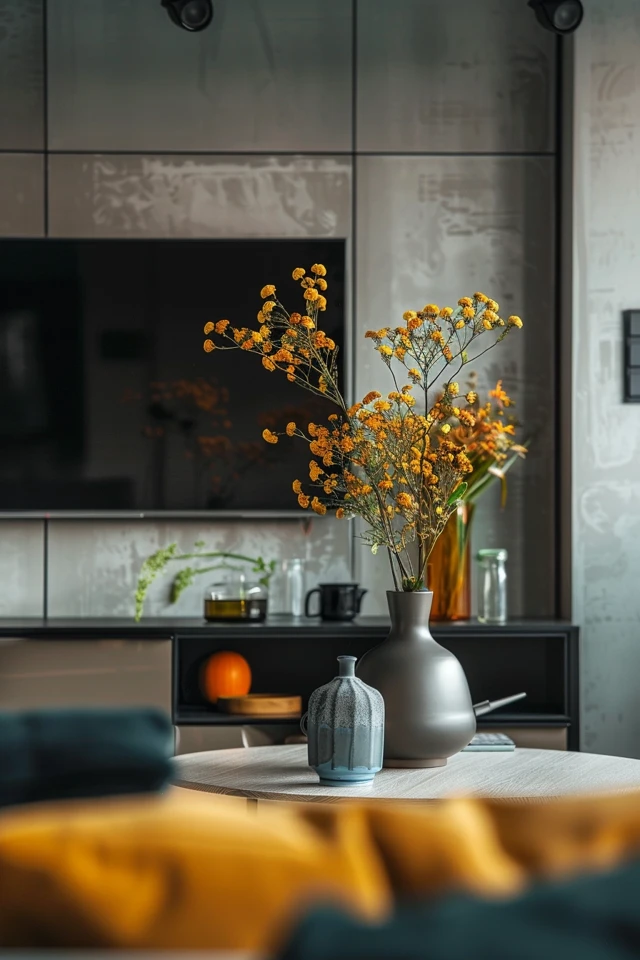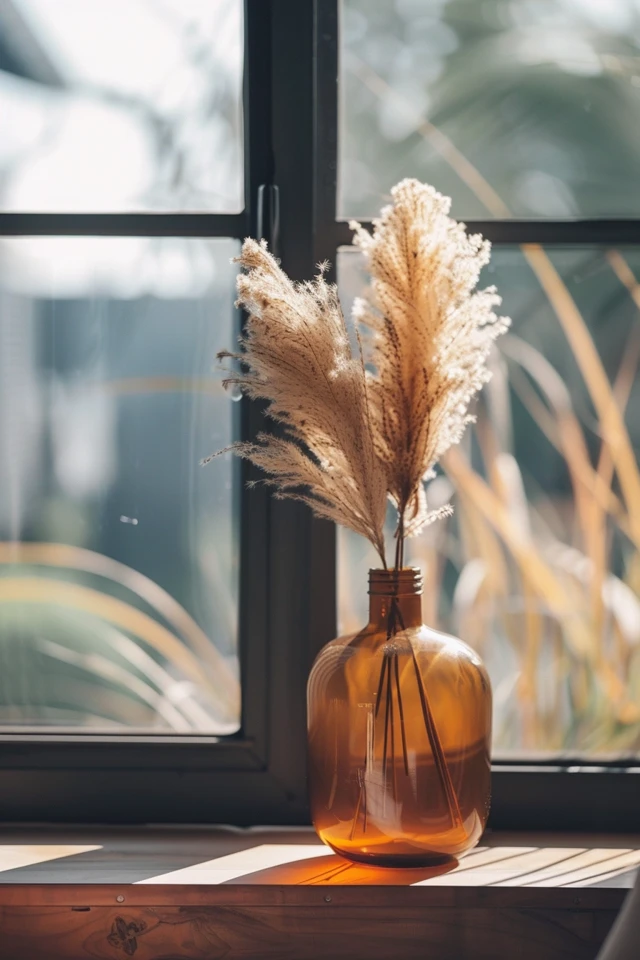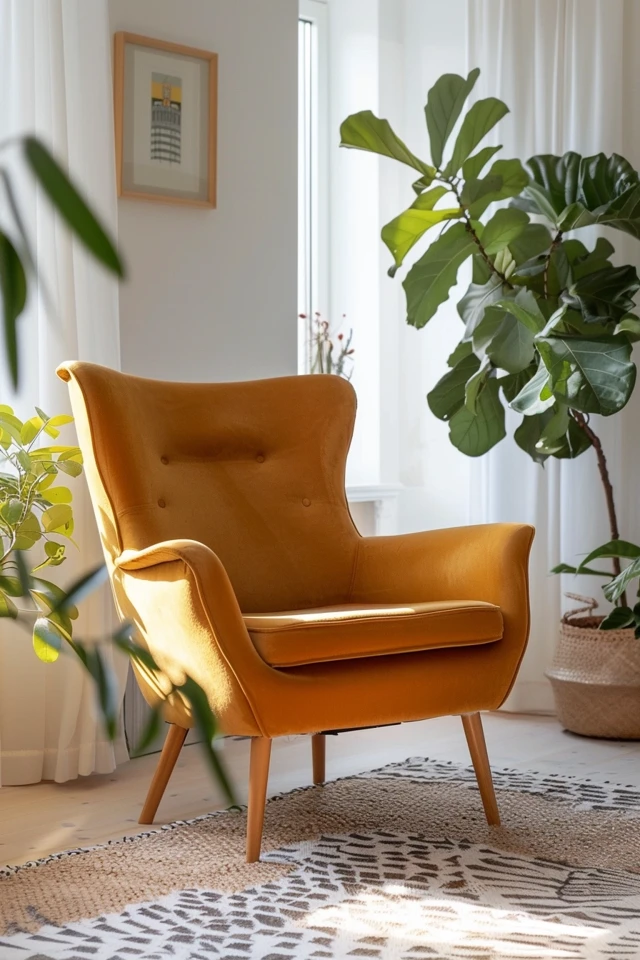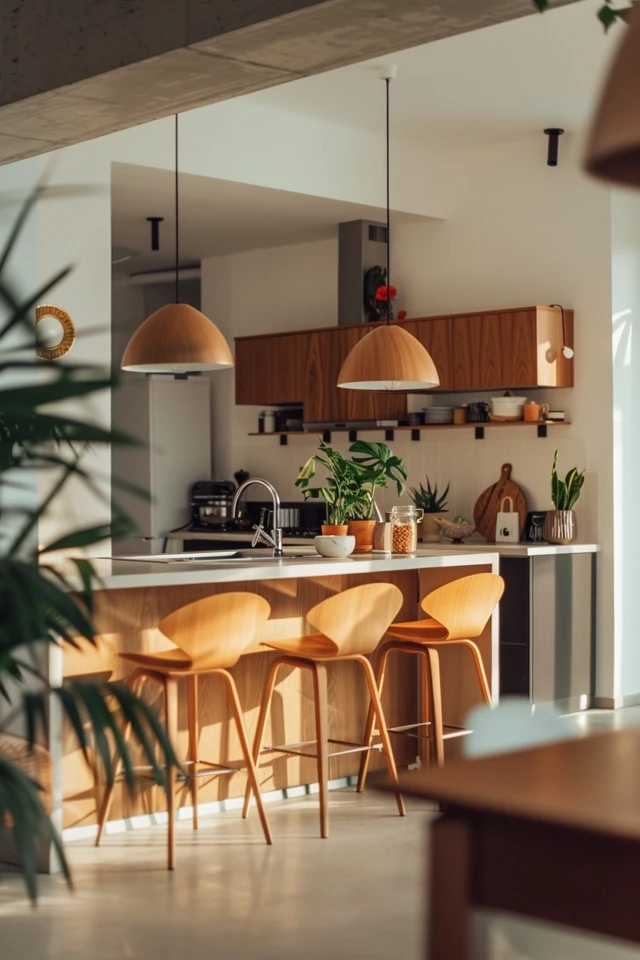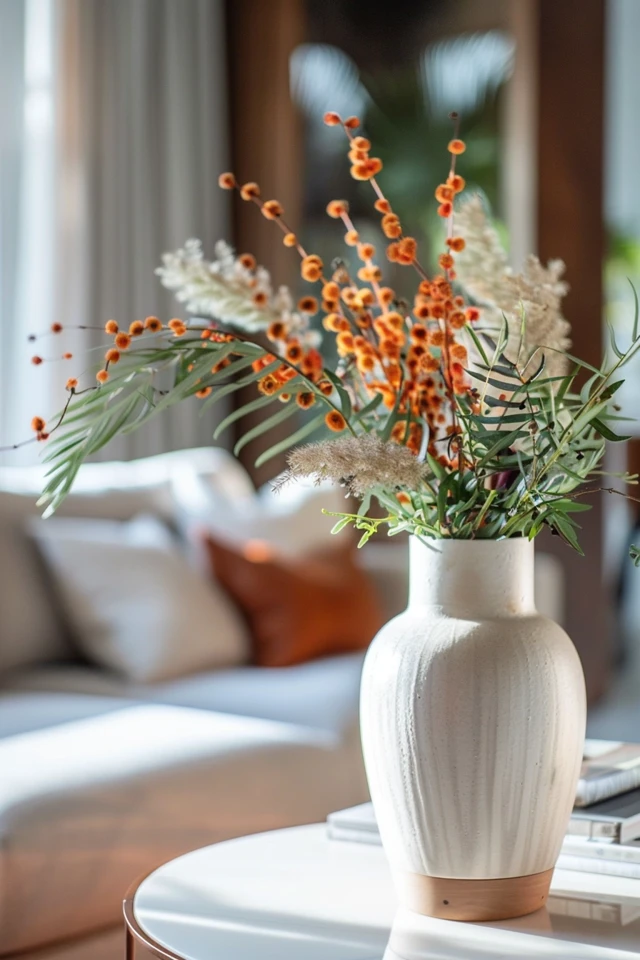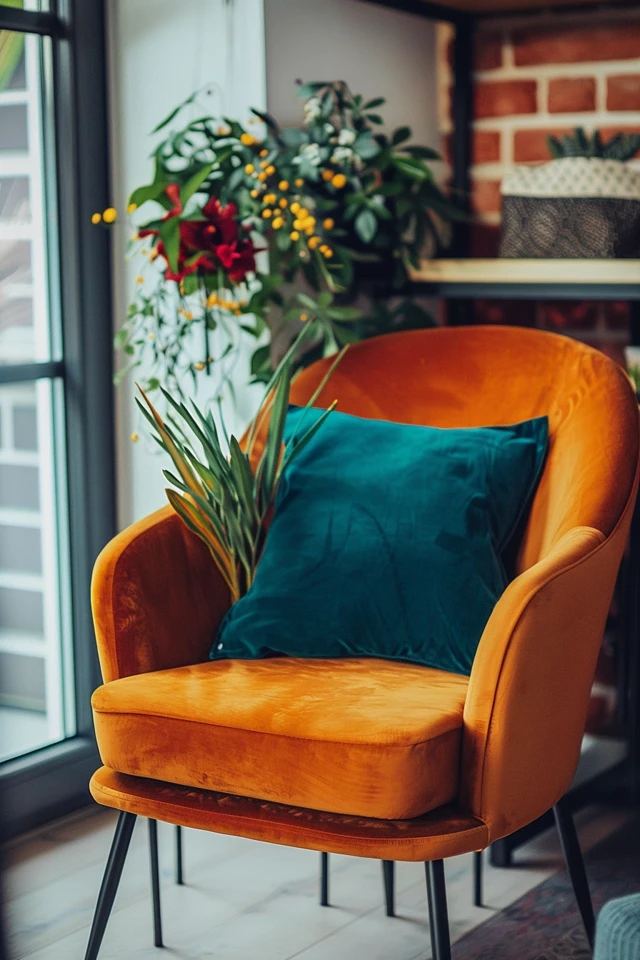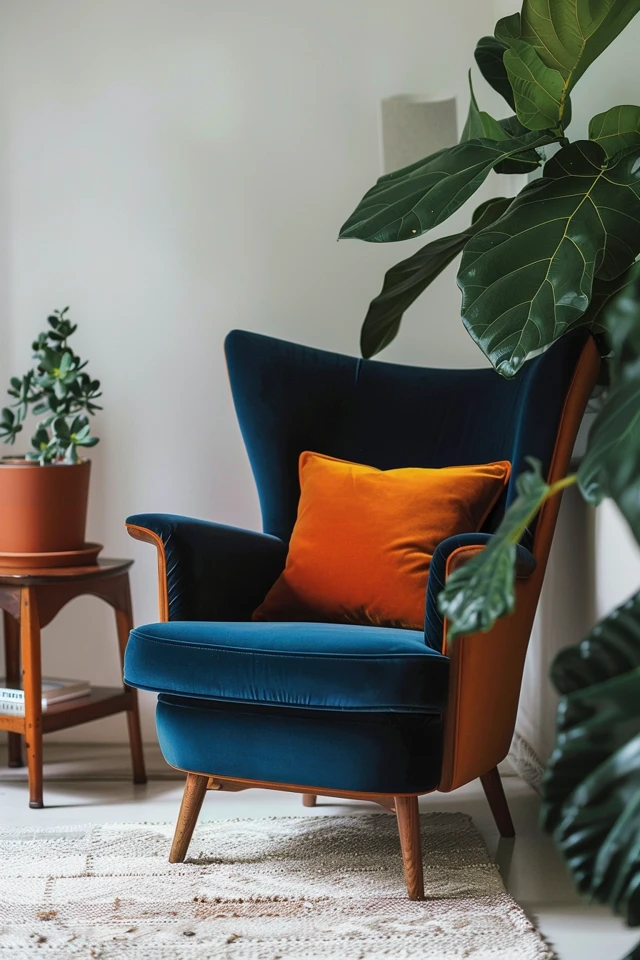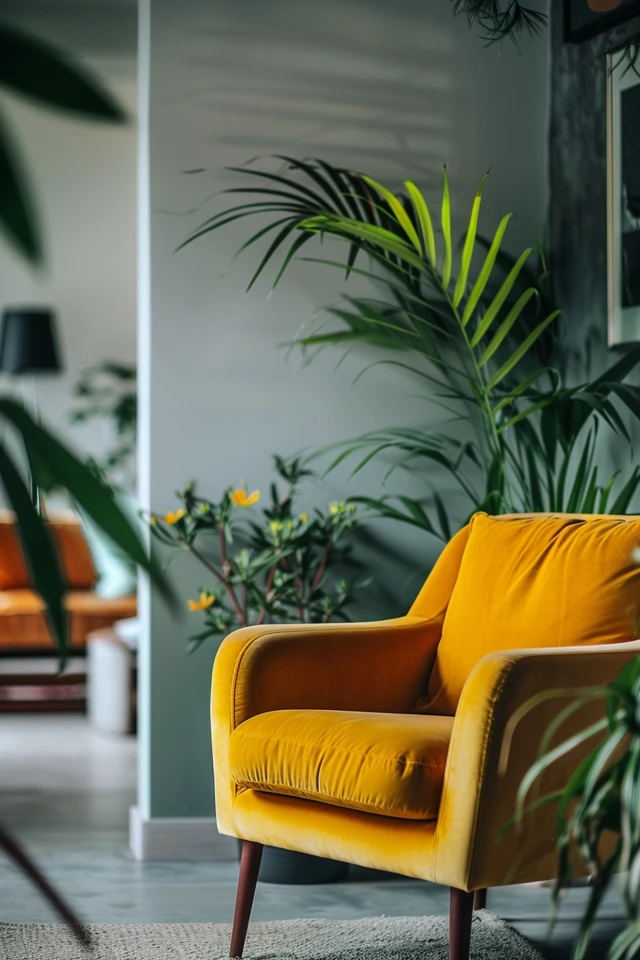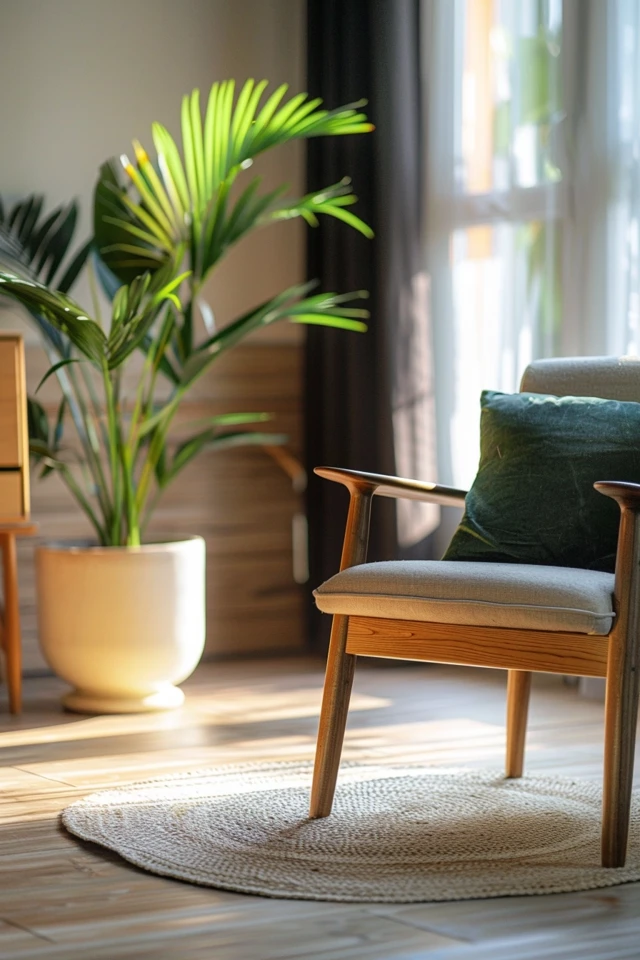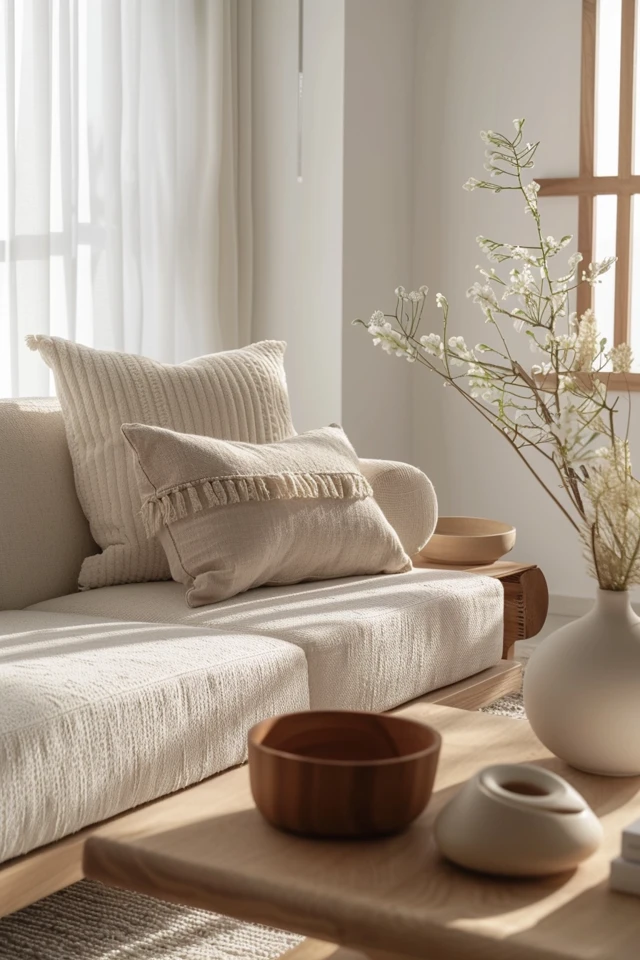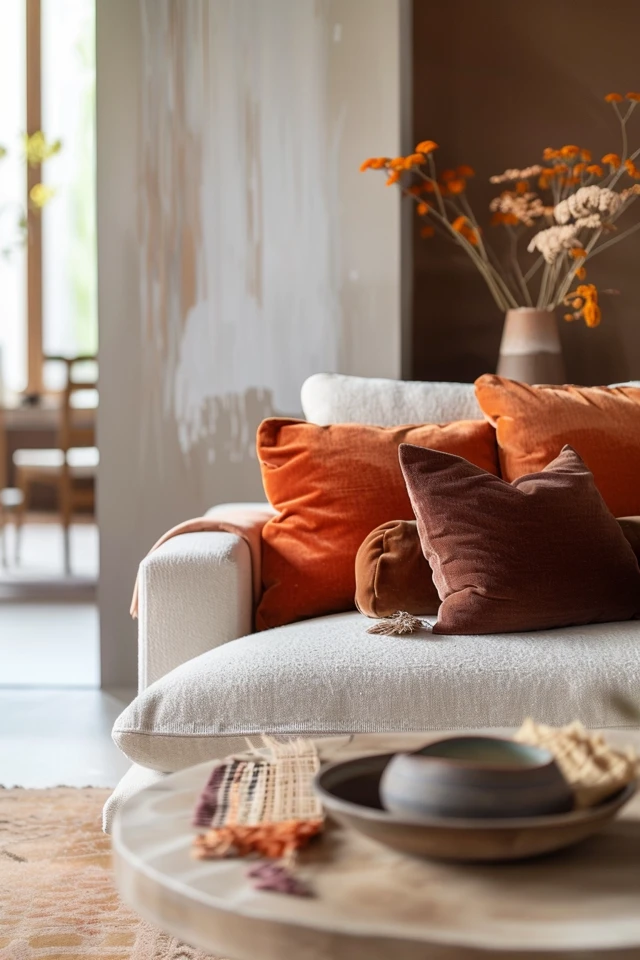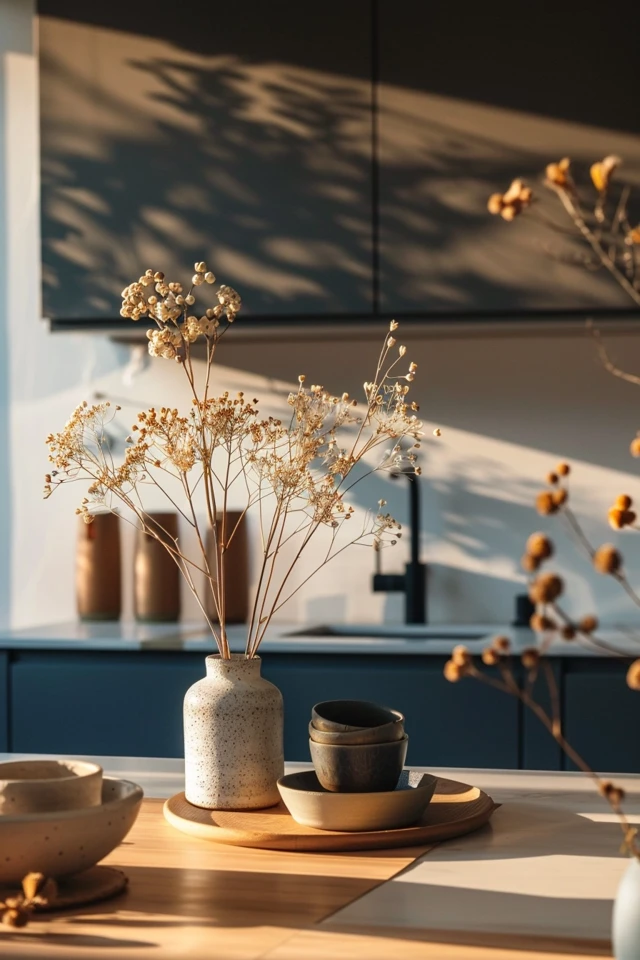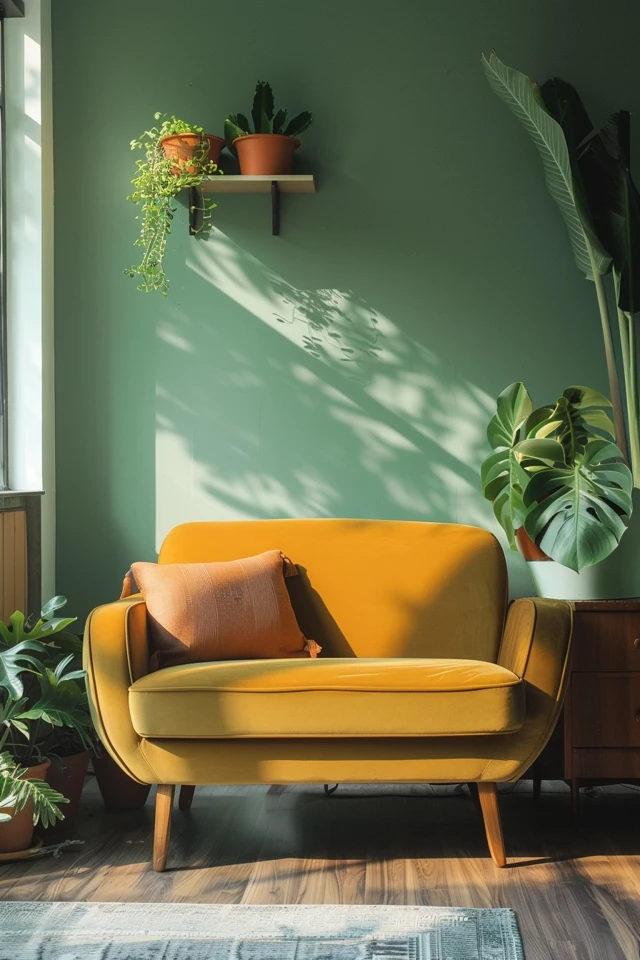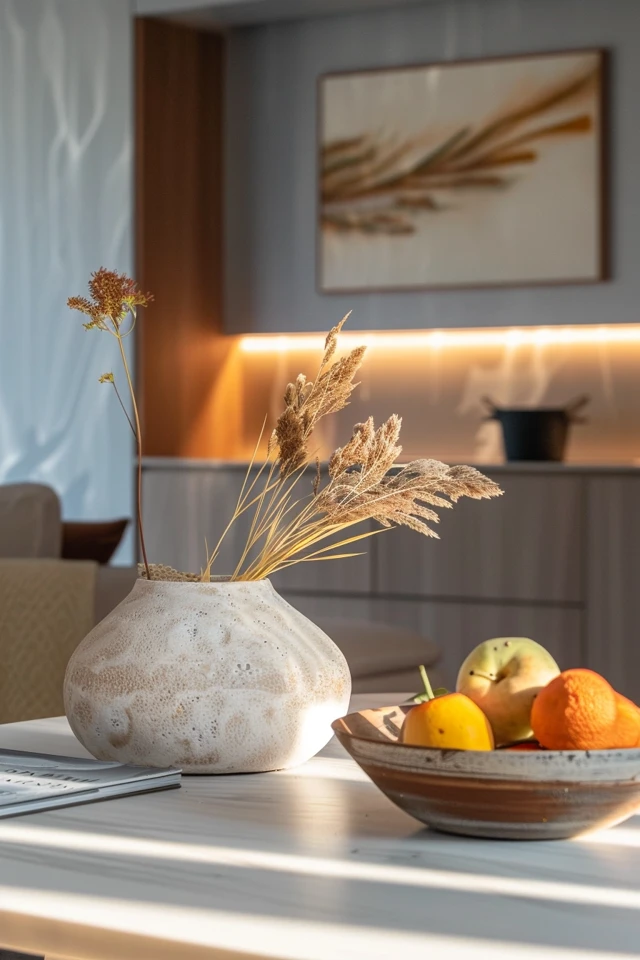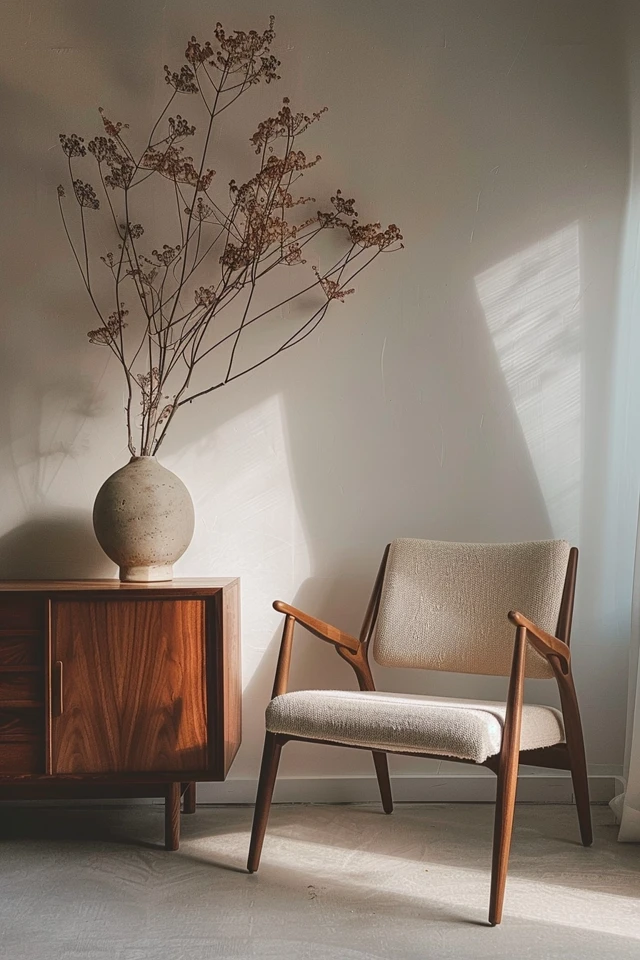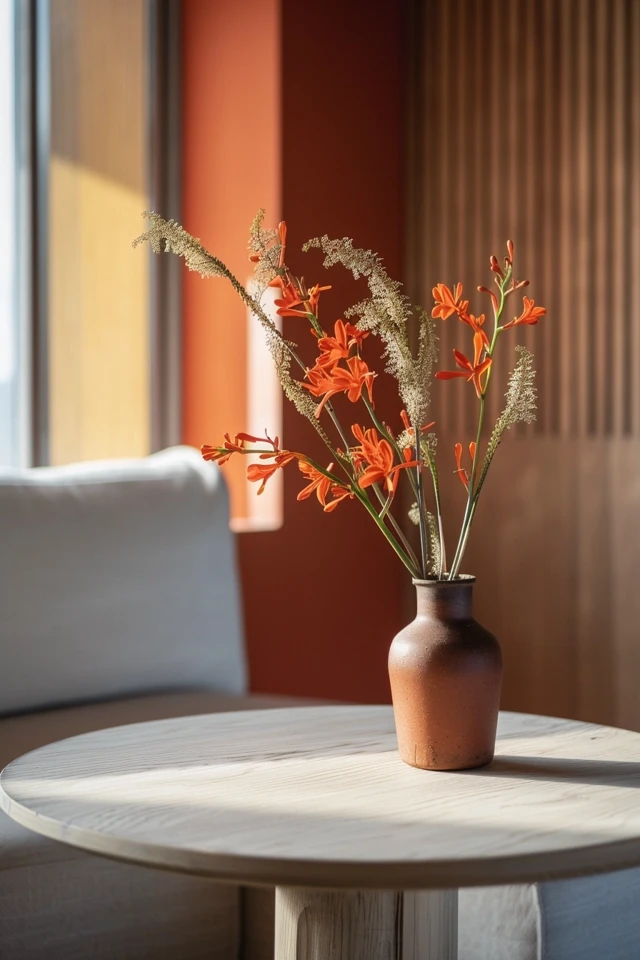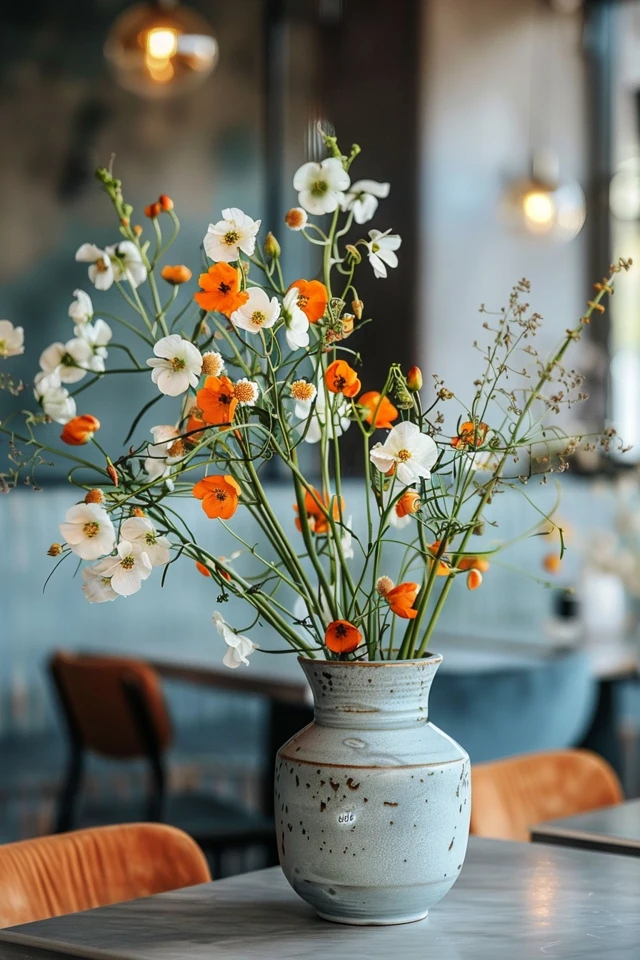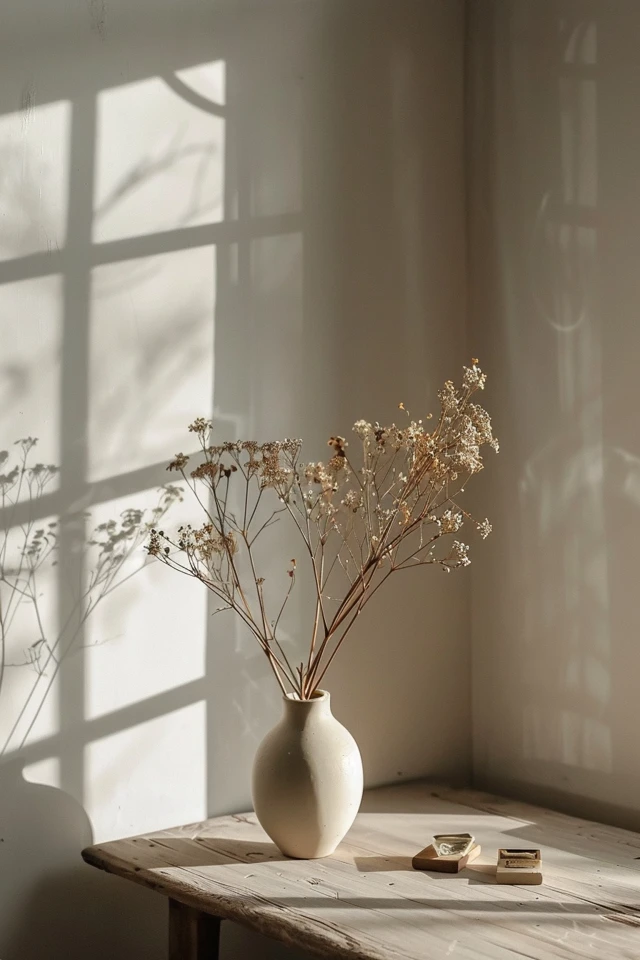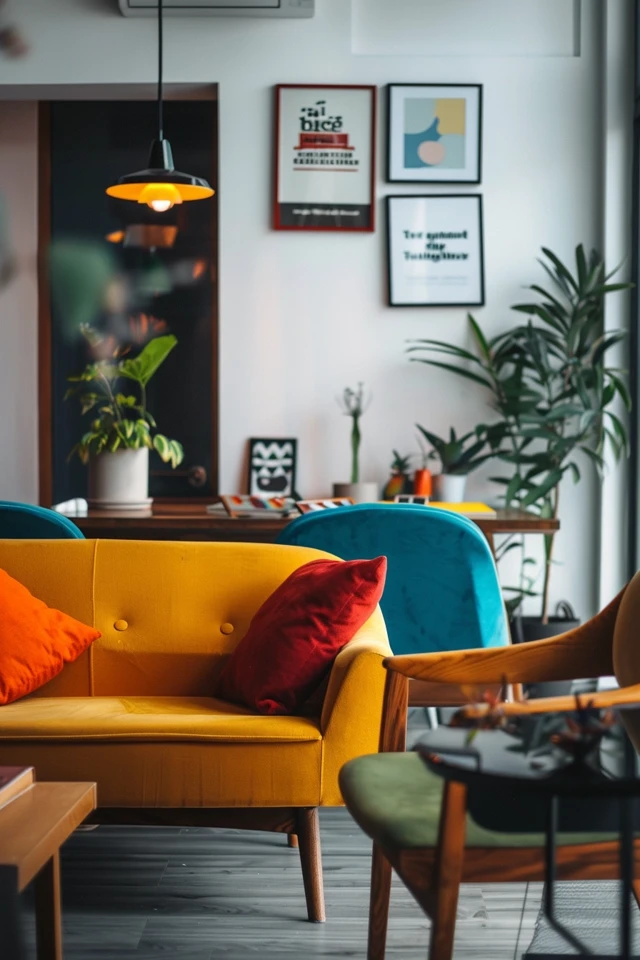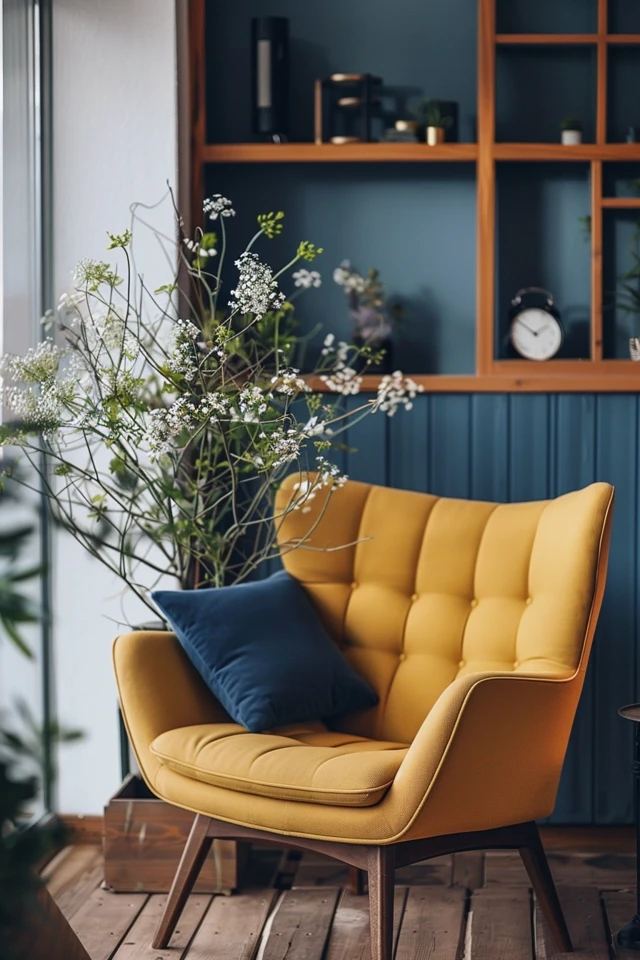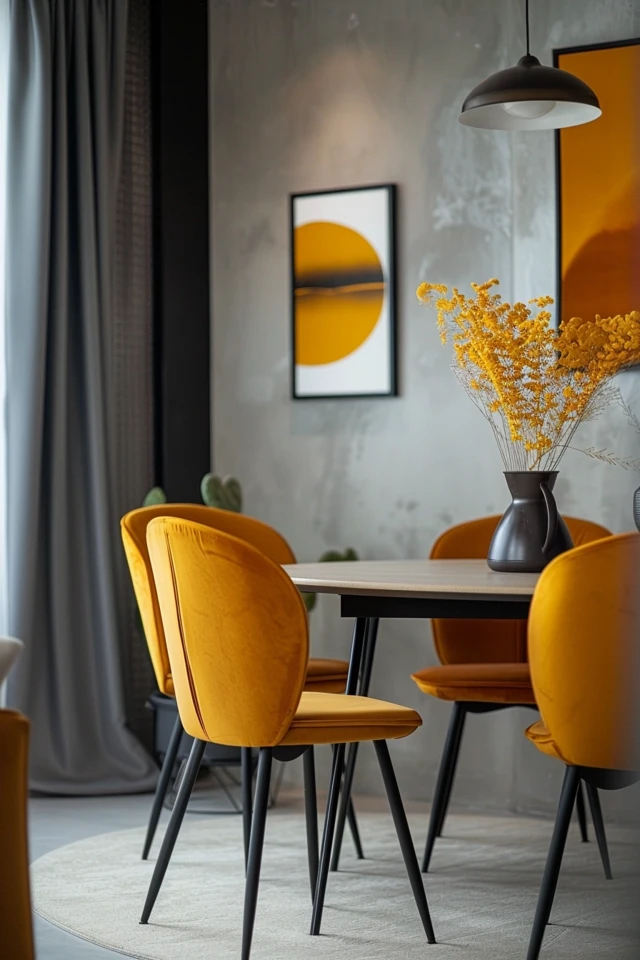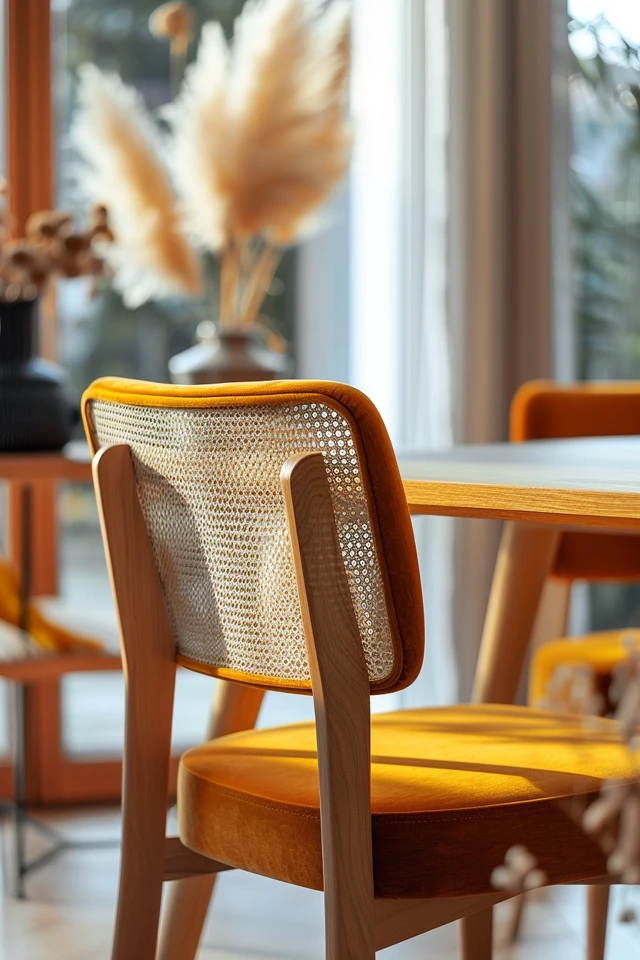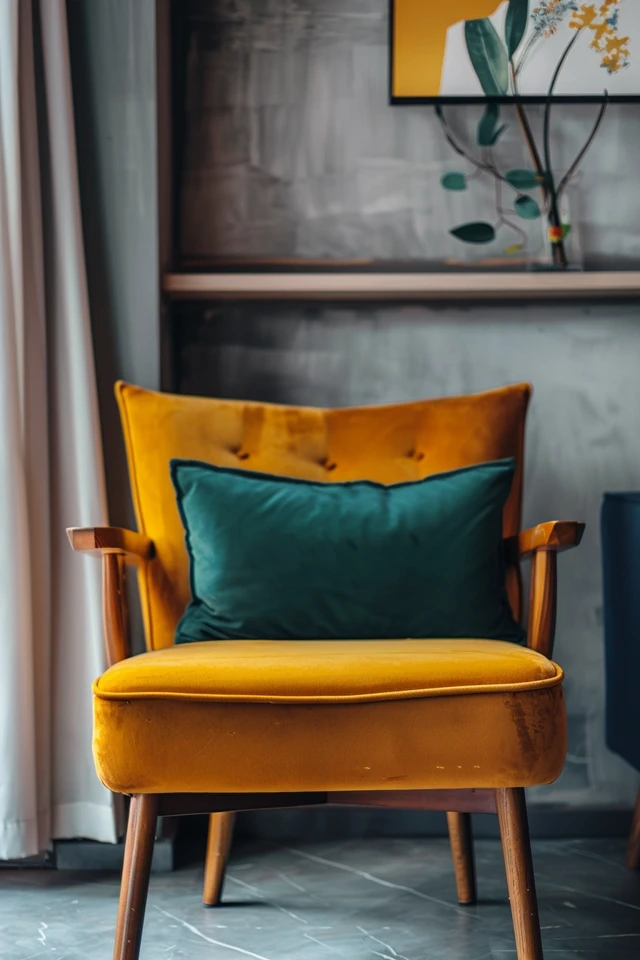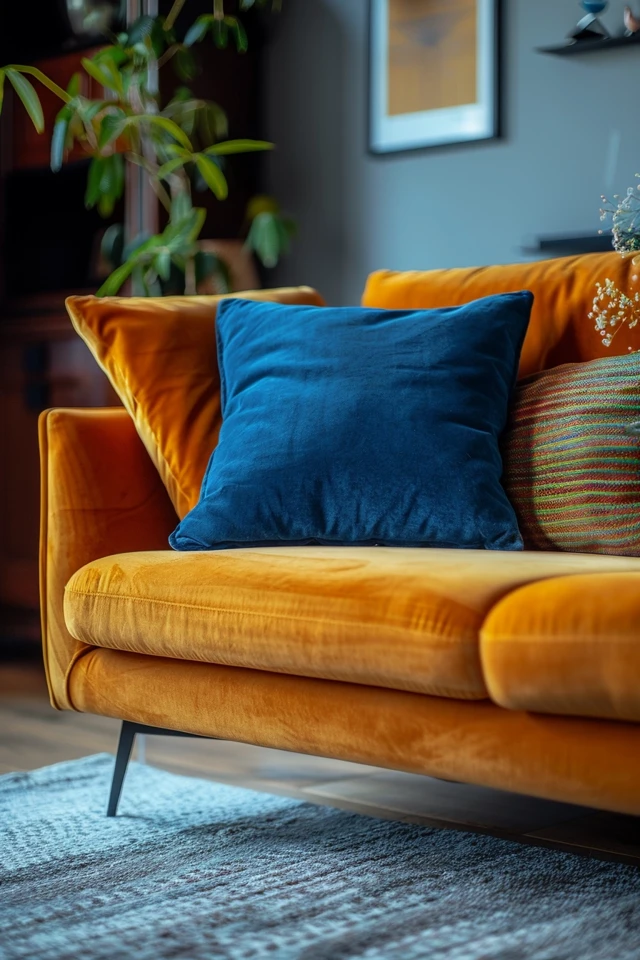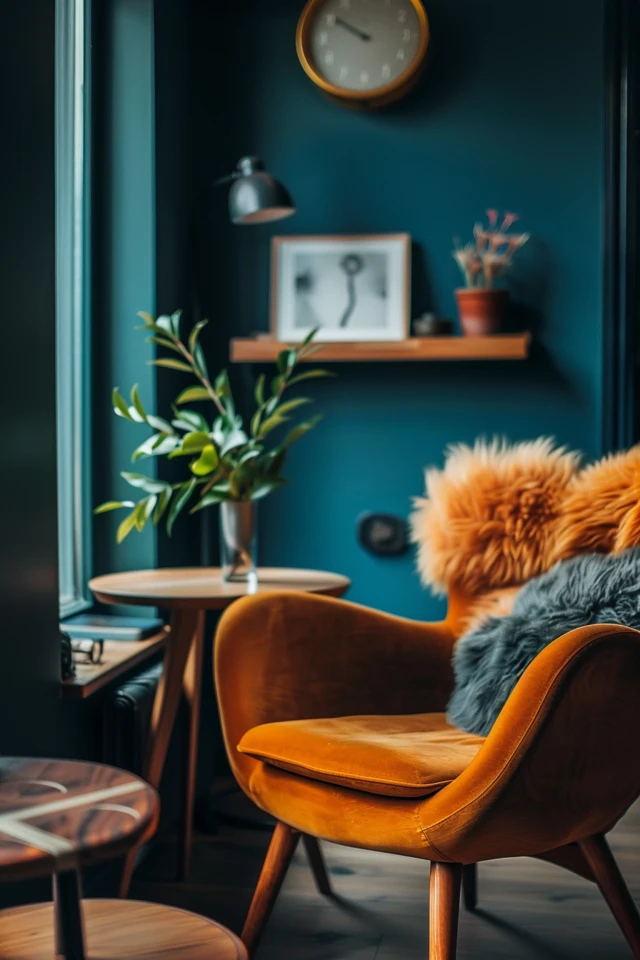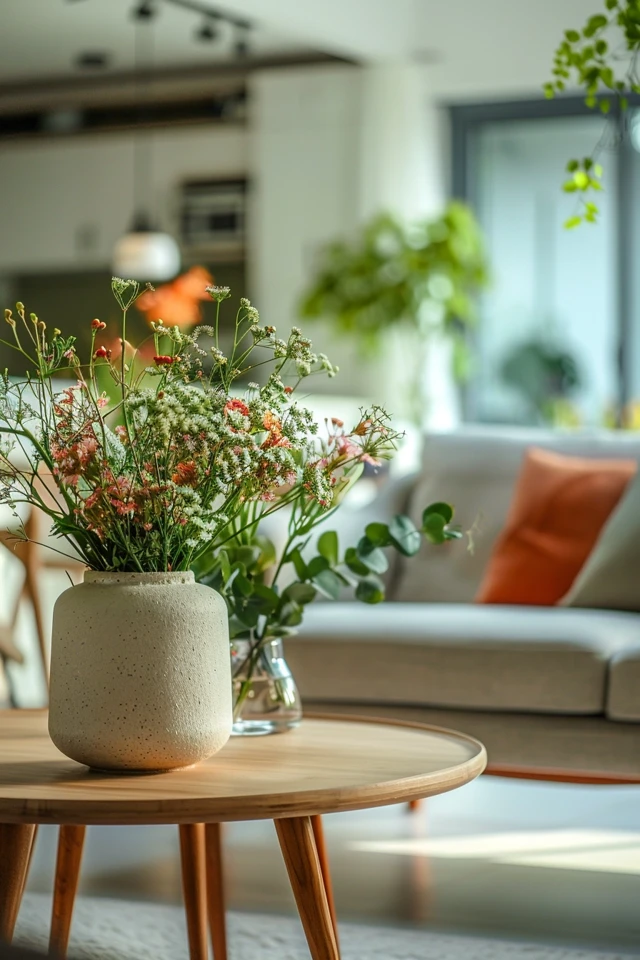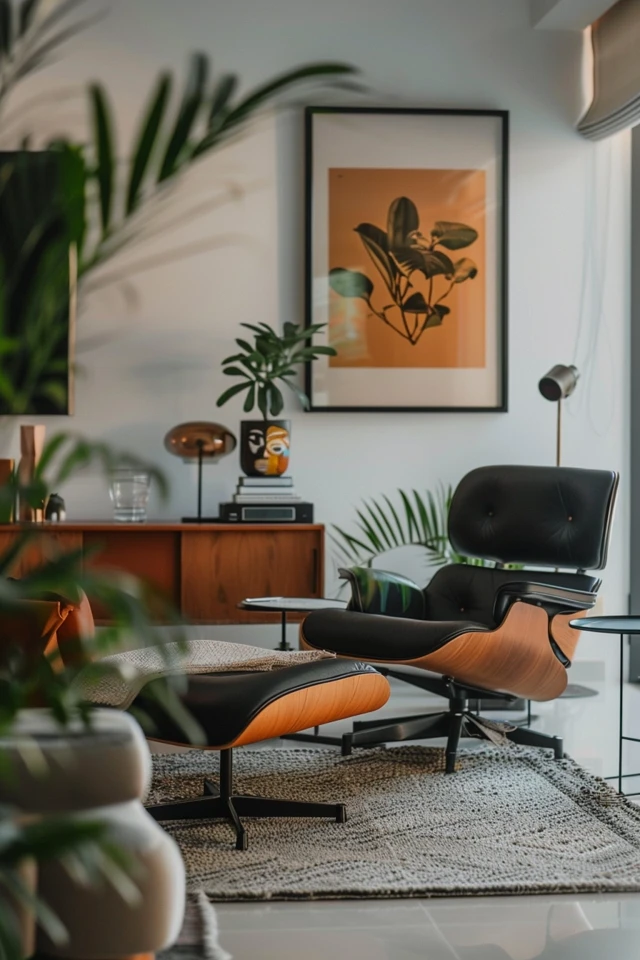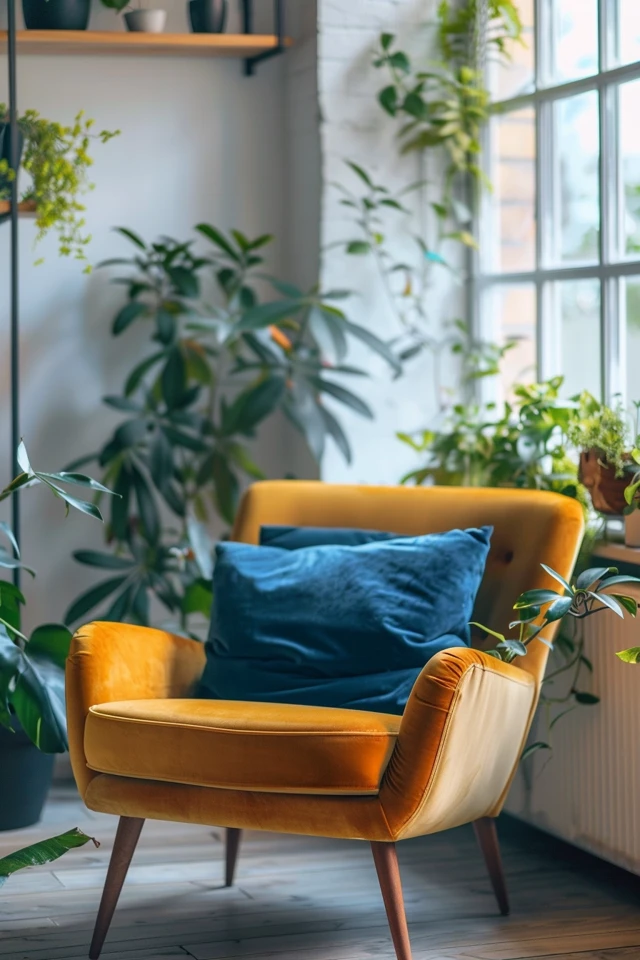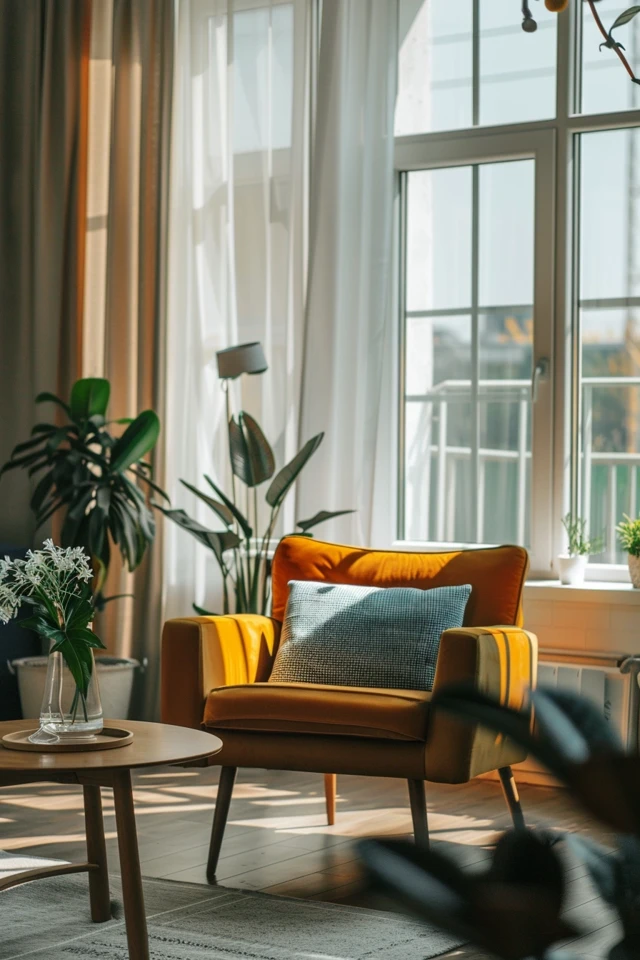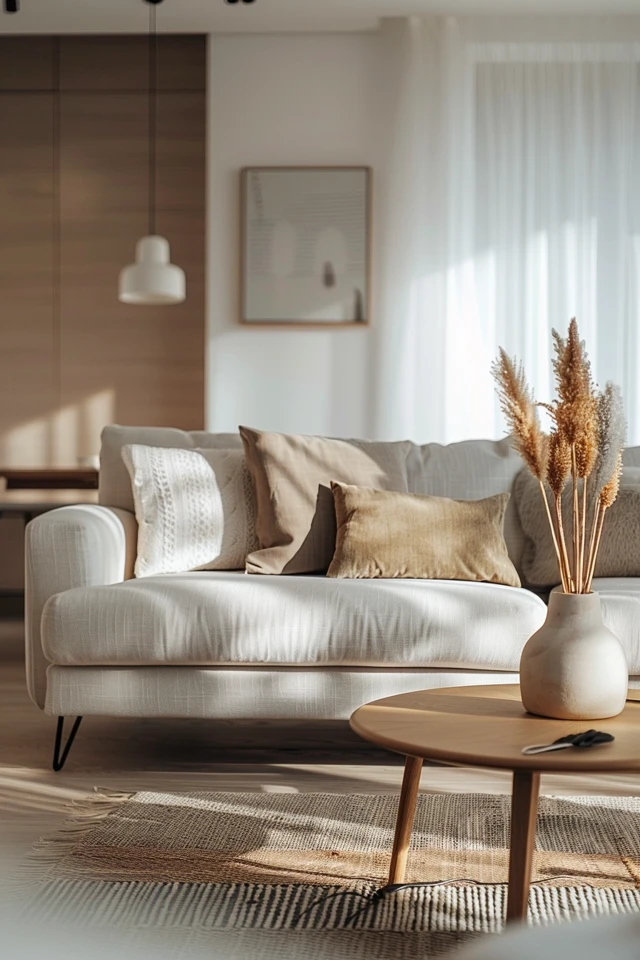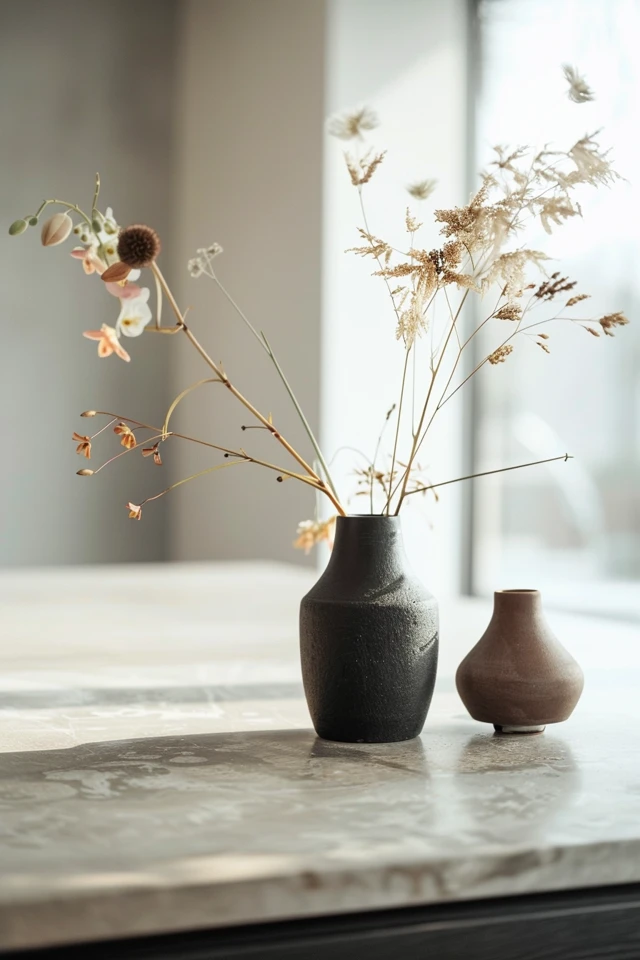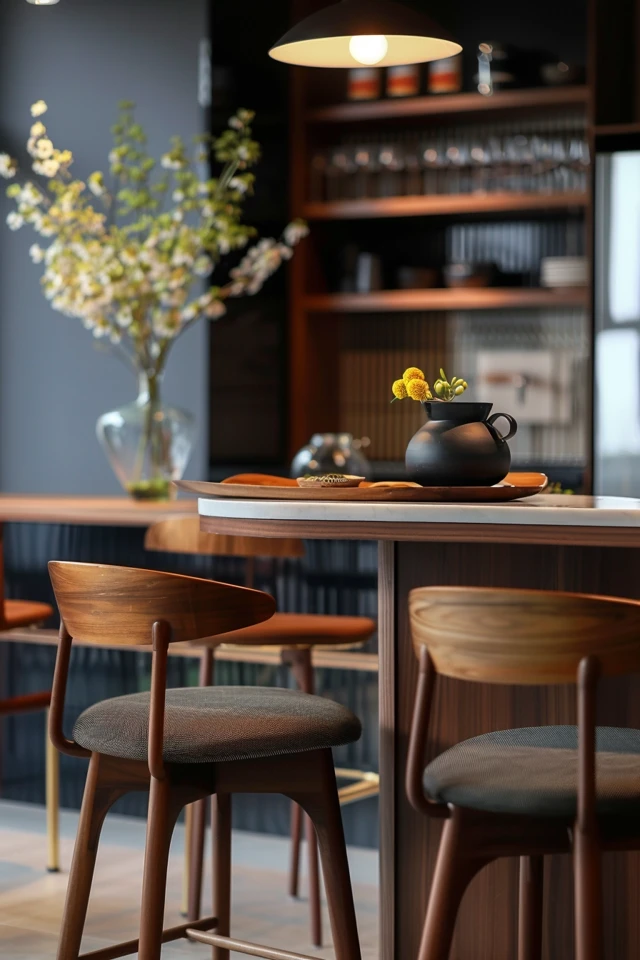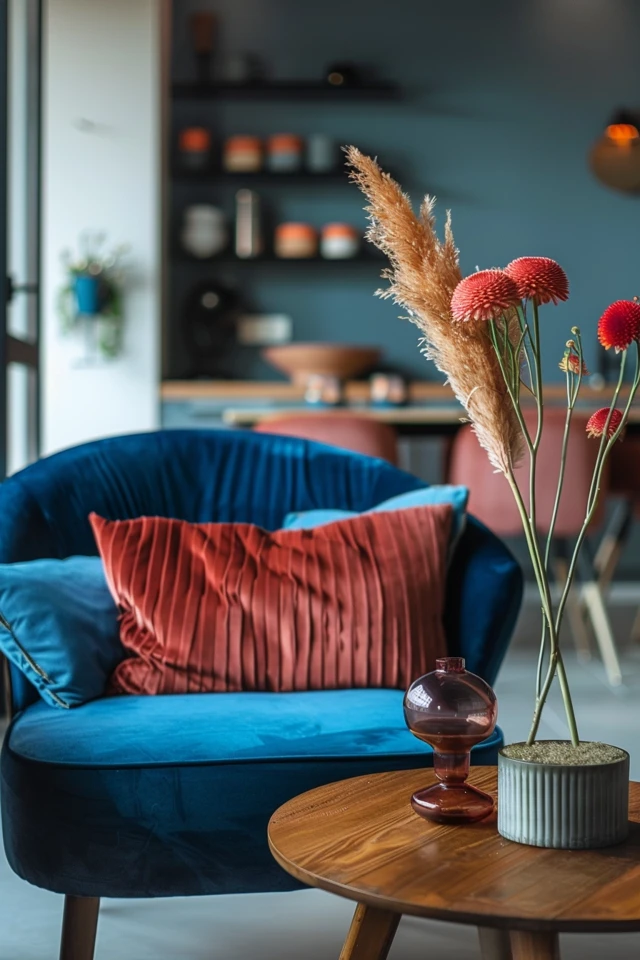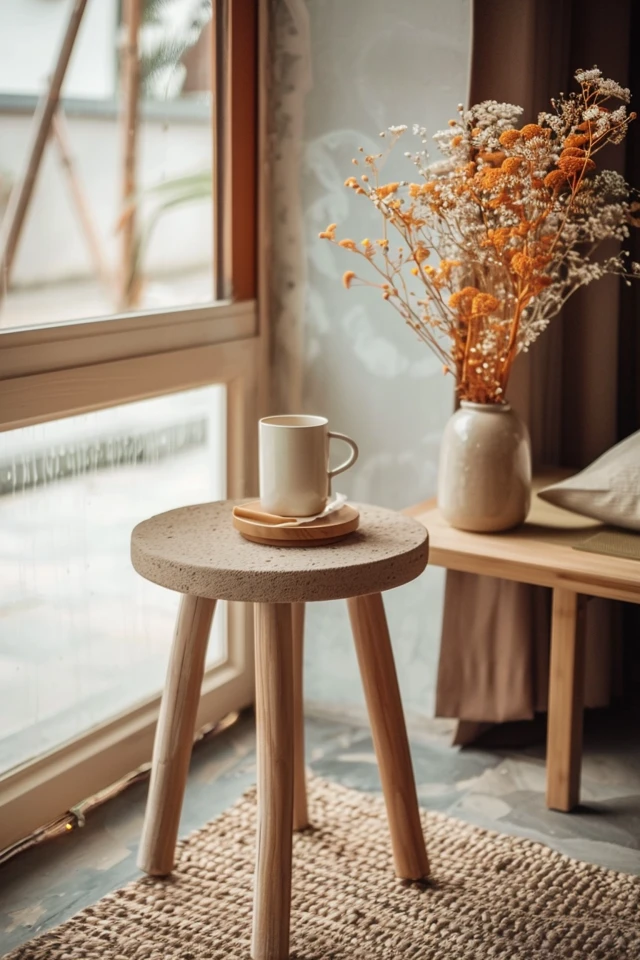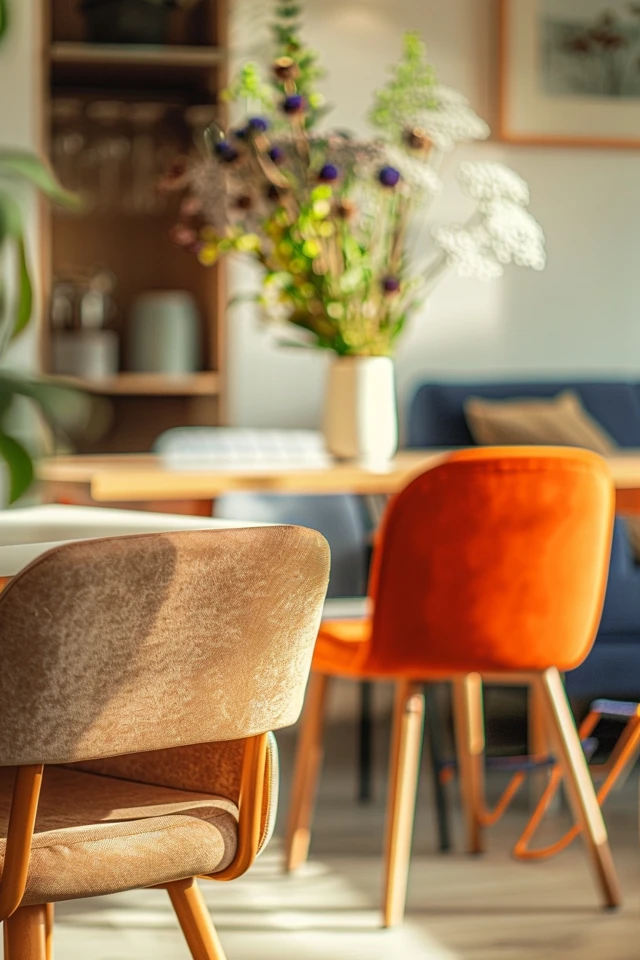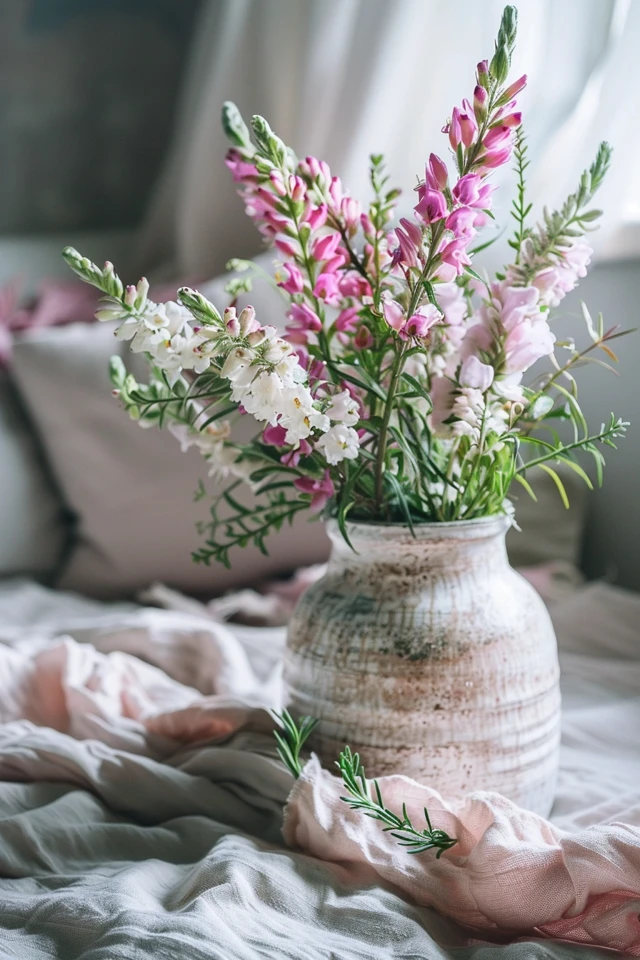Creating a Harmonious Interior Design Aesthetic: Top Ideas
Creating a harmonious interior design aesthetic is all about blending elements seamlessly to achieve a balanced and cohesive look. It involves thoughtful selection of colors, textures, furniture, and decor that work together to create a space that feels inviting and well put-together. As an architect and interior designer with expertise in evidence-based design, I have seen firsthand how a harmonious design can enhance both the functionality and the beauty of a home. A well-designed space not only looks good but also improves the well-being of its occupants.
In this comprehensive guide, we will explore top ideas for achieving a harmonious interior design aesthetic. Whether you’re looking to revamp a single room or your entire home, these tips will provide you with the inspiration and practical advice you need to create a cohesive and inviting environment. From selecting a cohesive color palette to incorporating personal touches, you’ll find actionable insights to help you transform your space.
Ready to create a harmonious home? Let’s dive into these top ideas for achieving a beautiful and balanced interior design aesthetic.
Key Takeaways
- Cohesive Color Palette: Choose a unified color scheme that ties the space together.
- Balanced Textures: Mix various textures to add depth and interest.
- Proportional Furniture: Select furniture that fits the scale of your room.
- Consistent Style: Maintain a consistent design style throughout your home.
- Personal Touches: Add personal elements to make the space uniquely yours.

1. Cohesive Color Palette
A cohesive color palette is the foundation of a harmonious interior design. Choosing the right colors can set the tone for your entire space and ensure that all elements work together seamlessly.
Unified Base Colors
- Neutral Tones: Use neutral tones such as white, beige, and gray as your base colors. These hues create a versatile backdrop that complements various styles.
- Soft Pastels: Incorporate soft pastels like light blue, blush pink, and mint green to add a gentle hint of color without overwhelming the space.
- Earthy Shades: Earthy tones like sage green, terracotta, and taupe bring warmth and a natural feel to your home.
Complementary Accent Colors
- Bold Accents: Introduce bold accent colors to create focal points and add personality. Colors like navy blue, emerald green, and mustard yellow can make a striking impact.
- Harmonious Combinations: Use the color wheel to find harmonious combinations that enhance the overall aesthetic. Complementary colors can add vibrancy and balance.
- Consistent Distribution: Distribute accent colors evenly throughout the room to create balance and prevent any area from feeling too heavy.
Smooth Transitions
- Room-to-Room Flow: Ensure a smooth color transition from one room to another. Gradual shifts in shades maintain harmony while allowing each room to have its unique character.
- Repetition of Elements: Repeat key colors and elements in different rooms to tie the overall design together. This repetition fosters a sense of unity and coherence.
- Themed Accents: Consider themed accents that carry through multiple spaces. For instance, a coastal theme might use shades of blue and sand-colored decor in various rooms.
2. Balanced Textures
Incorporating a variety of textures adds depth and interest to your design, creating a layered and inviting space. Balancing different textures is key to achieving harmony.
Layering Textiles
- Variety of Fabrics: Use a mix of fabrics such as velvet, linen, and cotton for throw pillows, blankets, and curtains. This variety enhances the tactile experience and visual appeal.
- Natural Materials: Integrate natural materials like wood, stone, and leather to add warmth and an organic touch. These elements can create a grounding effect.
- Contrasting Finishes: Combine matte and glossy finishes to add visual interest. For example, pair a matte wall paint with glossy ceramic vases or metal accents.
Texture Combinations
- Smooth and Rough: Balance smooth and rough textures to create a dynamic and inviting space. A sleek leather sofa can be complemented by a chunky knit throw or a rough-hewn wooden coffee table.
- Soft and Hard: Combine soft and hard textures to achieve harmony. Soft textiles like cushions and curtains can soften the look of hard surfaces like stone countertops or metal furniture.
- Patterned Textiles: Use patterned textiles to add texture visually. Geometric patterns, floral designs, and abstract motifs can all contribute to a textured look without adding physical bulk.
Thematic Consistency
- Integrated Themes: Integrate textural themes consistently throughout your home. If you use natural textures in one room, consider extending this theme to other areas for a unified feel.
- Subtle Variations: While maintaining consistency, introduce subtle variations to keep the design interesting. Different types of wood or varying fabric patterns can add depth without disrupting harmony.
- Strategic Focal Points: Use accent textures strategically. A statement piece like a textured wall panel or a woven rug can serve as a focal point while tying the room together.
3. Proportional Furniture
Selecting furniture that fits the scale of your space is essential for creating a harmonious design. Properly scaled furniture ensures a balanced and functional layout.
Size Considerations
- Large Spaces: In larger rooms, choose substantial furniture pieces that fill the space appropriately. Oversized sofas, large dining tables, and tall bookshelves can create a sense of balance.
- Small Spaces: In smaller rooms, opt for furniture that maximizes space without overwhelming it. Compact sofas, nesting tables, and wall-mounted shelves can make the room feel more open.
- Ceiling Height: Consider ceiling height when selecting furniture. Tall ceilings can accommodate taller furniture, while lower ceilings benefit from shorter, more streamlined pieces.
Balanced Arrangements
- Focal Points: Arrange furniture around a focal point, such as a fireplace, a piece of art, or a large window. This creates a sense of order and directs the flow of the room.
- Traffic Flow: Ensure there is enough space for easy movement around the room. Avoid blocking pathways and leave sufficient gaps between furniture pieces.
- Symmetry: Use symmetry in furniture arrangement to create balance. Pair sofas with matching chairs or place side tables on either side of a bed for a cohesive look.
Versatile Pieces
- Multipurpose Furniture: Choose multipurpose furniture that can adapt to different needs. A sofa bed, an extendable dining table, or an ottoman with storage can add functionality without sacrificing style.
- Modular Designs: Consider modular furniture that can be reconfigured as needed. Modular sofas, shelving units, and sectional seating can be customized to fit your space perfectly.
- Timeless Classics: Invest in timeless furniture pieces that will remain stylish and functional over the years. Classic designs often blend well with various styles and can evolve with your changing tastes.
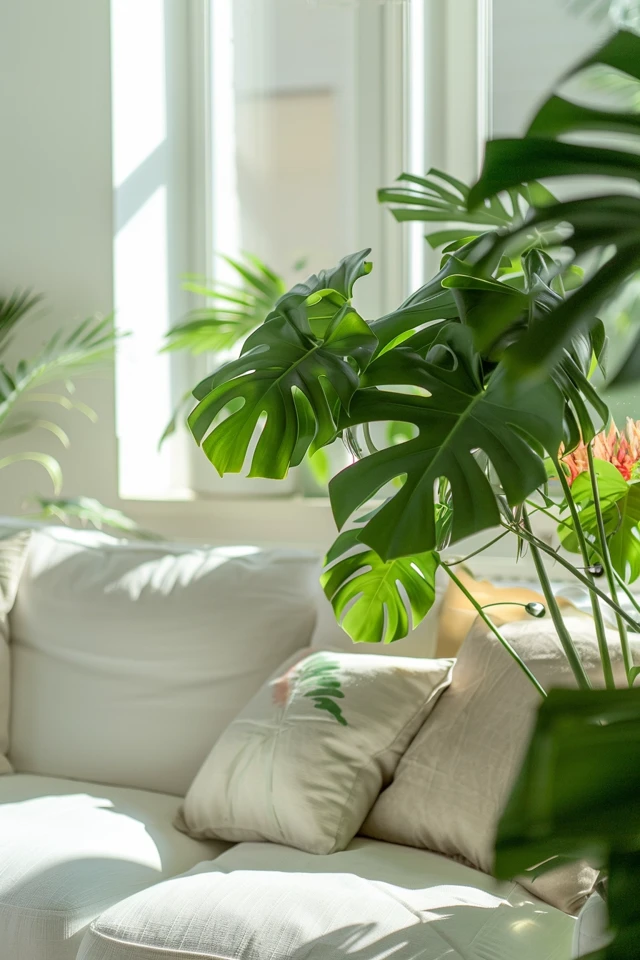
4. Consistent Style
Maintaining a consistent design style throughout your home is key to achieving a harmonious aesthetic. This consistency creates a sense of unity and coherence.
Defining Your Style
- Personal Preferences: Start by identifying your design preferences. Do you prefer modern, traditional, rustic, or eclectic styles? Understanding your preferences will guide your choices.
- Inspiration Sources: Gather inspiration from design magazines, websites, and social media. Create mood boards or Pinterest boards to visualize your style.
- Key Elements: Determine the key elements of your chosen style, such as color schemes, furniture types, and decor themes. Stick to these elements to maintain consistency.
Thematic Continuity
- Color Cohesion: Ensure your color palette is consistent throughout your home. Even if individual rooms have their own character, the overall color scheme should flow seamlessly.
- Furniture Styles: Choose furniture that aligns with your design style. Mixing vastly different styles can create a disjointed look, so aim for cohesion in furniture selection.
- Decor Elements: Use decor elements that complement each other. For example, if you have a coastal theme, incorporate nautical decor and beach-inspired accessories throughout your home.
Seamless Transitions
- Open Concept Spaces: In open-concept spaces, ensure that the design flows smoothly from one area to another. Use rugs, lighting, and furniture placement to define different zones while maintaining harmony.
- Connector Spaces: Pay attention to connector spaces like hallways and entryways. These areas should reflect the overall design style and serve as a transition between rooms.
- Repetition of Elements: Repeat design elements to create a sense of continuity. For example, if you use a particular pattern in one room, consider incorporating it in small doses in other rooms as well.
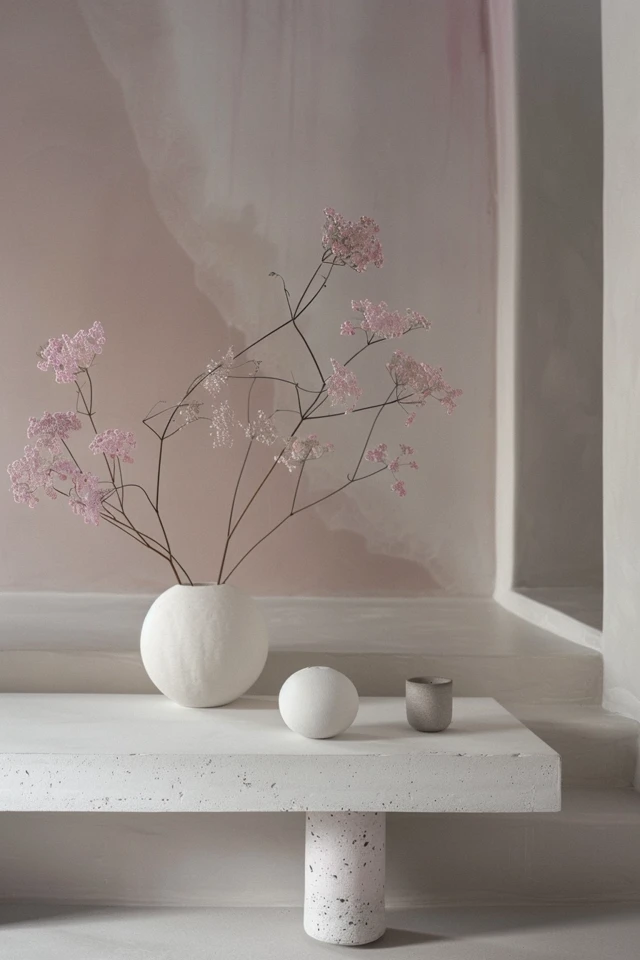
5. Personal Touches
Adding personal touches to your design makes your home uniquely yours. These elements reflect your personality, interests, and experiences, creating a space that feels authentic and welcoming.
Art and Photos
- Gallery Walls: Create gallery walls with personal photos, artwork, and memorabilia. Mix and match frames and arrangements to add character and interest.
- Statement Pieces: Use statement art pieces that resonate with you. Whether it’s a painting, sculpture, or a piece of handmade art, these items can serve as focal points.
- Travel Souvenirs: Display souvenirs from your travels to add a personal touch and spark conversations. These items often come with meaningful stories and memories.
Customized Decor
- Monogrammed Items: Incorporate monogrammed items like pillows, towels, or blankets for a personalized touch. These items add a sense of ownership and exclusivity.
- Handmade Crafts: Include handmade crafts or DIY projects in your decor. These items add a personal and creative touch, showcasing your talents and interests.
- Unique Finds: Incorporate unique finds that tell a story or reflect your interests. Antique pieces, vintage items, or bespoke furniture can add character and uniqueness to your home.
Functional Personalization
- Customized Storage: Use customized storage solutions that meet your specific needs. Built-in shelves, custom closets, or tailored cabinetry can enhance functionality while reflecting your style.
- Personalized Spaces: Design personalized spaces that cater to your hobbies and interests. A reading nook, a home office, or a craft room can provide a dedicated area for activities you love.
- Interactive Elements: Incorporate interactive elements like chalkboard walls, magnetic boards, or display shelves that can be easily updated to reflect your evolving tastes.
Conclusion
Creating a harmonious interior design aesthetic is about more than just aesthetics; it’s about designing a space that reflects your personality, meets your needs, and enhances your quality of life. By selecting a cohesive color palette, balancing textures, choosing proportional furniture, maintaining a consistent style, and adding personal touches, you can achieve a beautifully unified and inviting home.
As an architect and interior designer, I’ve seen how thoughtful design can transform a space and create a sense of harmony and well-being. Your home should be a place where you feel comfortable, inspired, and truly yourself. By applying these top ideas for creating a harmonious interior design aesthetic, you can craft a home that is not only visually appealing but also deeply personal and functional.
Remember, the key to successful interior design is to balance aesthetics with functionality, creating spaces that are as practical as they are beautiful. Embrace your creativity, and enjoy the process of transforming your home into a harmonious haven that reflects your unique style and spirit.
Inspirational Pictures
